Contact Details

Walter has introduced the Xtra·Tec® XT M5468 round insert milling cutter, a universal system for copy, face, ramping, pocket, and circular interpolation milling. The versatile Xtra·Tec® XT M5468 is suitable for steel, stainless steel, cast iron, non-ferrous material with difficult cutting properties, and hard machining. It is ideal for copy milling with minimal material removal.
The Xtra·Tec® XT M5468 provides protection against twisting and cutting-edge rotation due to the eight facets on its indexable inserts. It also yields maximum productivity thanks to its ability to support optimum cutting data and promote long tool life, as well as maximum process stability due to the indexing of the indexable inserts using facets. This oversized milling cutter, which handles machining operations on deep shoulders, is easily adaptable to various machining operations due to its variety of indexable insert sizes and geometries. A high level of flexibility is enhanced by a cylindrical modular interface that permits its use in existing adapter systems.
The Walter Xtra·Tec® XT M5468 also accommodates ScrewFit, Weldon shank, and shell mill mount interfaces. Its universal adaptability promotes lower tool costs and reduced time and labor, and a high level of cost efficiency results from both the Tiger·tec® cutting tool materials and higher number of teeth. Available insert variants are fully sintered, and fully ground circumference. Diameters range from 1-4-in. (20-100 mm), and there are two pitches for different applications. Areas of use include die and mold, general metalworking, and the energy industry, among others.
Related Glossary Terms
- cutting tool materials
cutting tool materials
Cutting tool materials include cemented carbides, ceramics, cermets, polycrystalline diamond, polycrystalline cubic boron nitride, some grades of tool steels and high-speed steels. See HSS, high-speed steels; PCBN, polycrystalline cubic boron nitride; PCD, polycrystalline diamond.
- gang cutting ( milling)
gang cutting ( milling)
Machining with several cutters mounted on a single arbor, generally for simultaneous cutting.
- indexable insert
indexable insert
Replaceable tool that clamps into a tool body, drill, mill or other cutter body designed to accommodate inserts. Most inserts are made of cemented carbide. Often they are coated with a hard material. Other insert materials are ceramic, cermet, polycrystalline cubic boron nitride and polycrystalline diamond. The insert is used until dull, then indexed, or turned, to expose a fresh cutting edge. When the entire insert is dull, it is usually discarded. Some inserts can be resharpened.
- interpolation
interpolation
Process of generating a sufficient number of positioning commands for the servomotors driving the machine tool so the path of the tool closely approximates the ideal path. See CNC, computer numerical control; NC, numerical control.
- metalworking
metalworking
Any manufacturing process in which metal is processed or machined such that the workpiece is given a new shape. Broadly defined, the term includes processes such as design and layout, heat-treating, material handling and inspection.
- milling
milling
Machining operation in which metal or other material is removed by applying power to a rotating cutter. In vertical milling, the cutting tool is mounted vertically on the spindle. In horizontal milling, the cutting tool is mounted horizontally, either directly on the spindle or on an arbor. Horizontal milling is further broken down into conventional milling, where the cutter rotates opposite the direction of feed, or “up” into the workpiece; and climb milling, where the cutter rotates in the direction of feed, or “down” into the workpiece. Milling operations include plane or surface milling, endmilling, facemilling, angle milling, form milling and profiling.
- milling cutter
milling cutter
Loosely, any milling tool. Horizontal cutters take the form of plain milling cutters, plain spiral-tooth cutters, helical cutters, side-milling cutters, staggered-tooth side-milling cutters, facemilling cutters, angular cutters, double-angle cutters, convex and concave form-milling cutters, straddle-sprocket cutters, spur-gear cutters, corner-rounding cutters and slitting saws. Vertical cutters use shank-mounted cutting tools, including endmills, T-slot cutters, Woodruff keyseat cutters and dovetail cutters; these may also be used on horizontal mills. See milling.
- milling machine ( mill)
milling machine ( mill)
Runs endmills and arbor-mounted milling cutters. Features include a head with a spindle that drives the cutters; a column, knee and table that provide motion in the three Cartesian axes; and a base that supports the components and houses the cutting-fluid pump and reservoir. The work is mounted on the table and fed into the rotating cutter or endmill to accomplish the milling steps; vertical milling machines also feed endmills into the work by means of a spindle-mounted quill. Models range from small manual machines to big bed-type and duplex mills. All take one of three basic forms: vertical, horizontal or convertible horizontal/vertical. Vertical machines may be knee-type (the table is mounted on a knee that can be elevated) or bed-type (the table is securely supported and only moves horizontally). In general, horizontal machines are bigger and more powerful, while vertical machines are lighter but more versatile and easier to set up and operate.
- shank
shank
Main body of a tool; the portion of a drill or similar end-held tool that fits into a collet, chuck or similar mounting device.

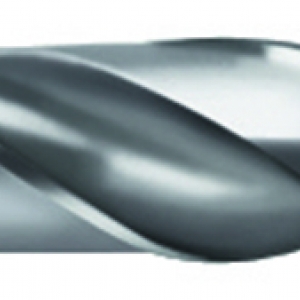
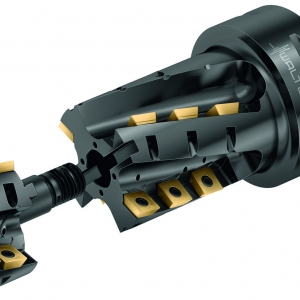

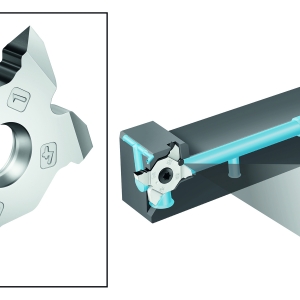
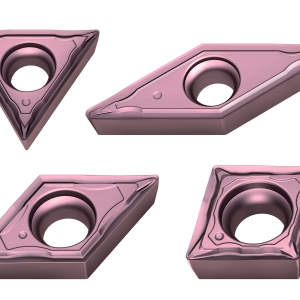
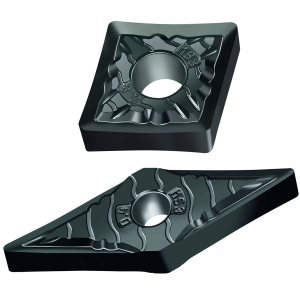
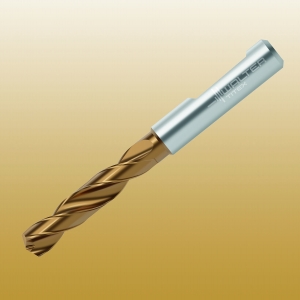
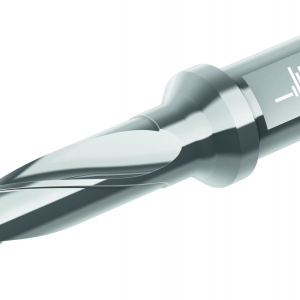
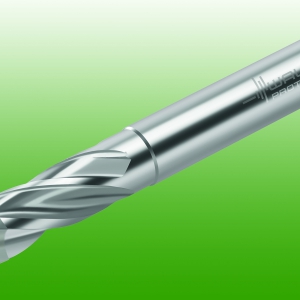
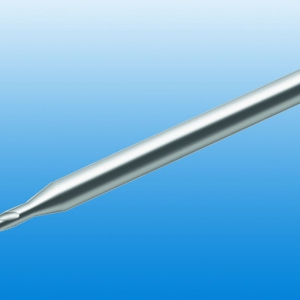
 PRODUCTS
PRODUCTS

